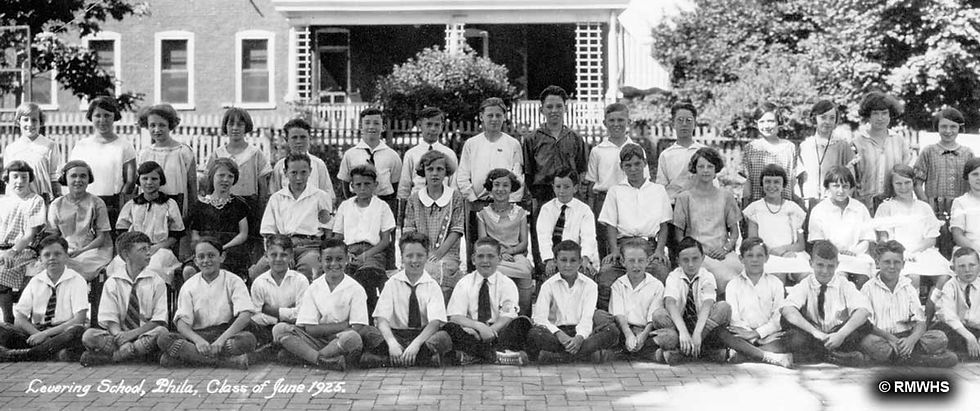Preserving & Promoting
Local History, Art, & Culture




Main Street Manayunk Historic District
The Industry of Venice Island
The pattern of physical growth and development in Manayunk during the 19th century was determined by the location of the Manayunk Canal, as a transportation route and power source. With the decline of the canal and the increasing importance of railroad transportation, the construction of a railroad spur adjacent to the canal maintained Manayunk as an important industrial location. Industrial development and redevelopment occurred during the 19th and early 20th centuries in response to changes in technology and market condition favoring new industries.
 Describe your image |
|---|
After completion of the canal, Venice Island, located between the river channel and the canal, became the principal location for Manayunk industry. By the 1860s, a substantial number of mill complexes had been developed both on the eastern and central parts of Venice Island, and the south side of Main Street, near the lower locks. Principal mill structures at the lower locks included the Roxborough Mills, and the Littlewood and Lancaster Mill. Cotton mills clustered in an area cast of Green Lane Bridge, while west of the Leverington Street Bridge, a wider variety of mill industries developed including paper mills (Flat Rock Paper Mill), grist mills (Mt. Vernon Grist Mill), and Knitting Works (Pennsylvania Knitting Works). Coal was now the major source of power for the mill complexes with the Philadelphia and Norristown Railroad servicing the coal depots on the south side of Cresson Street.
 Describe your image |
|---|
Over the next fifteen years, development continued along the eastern and central parts of Venice Island as far west as Fountain Street. Major mill complexes east of Green Lane included the Schuylkill Cotton Mill at Rector Street, Hardings Paper Mills and Ripka Cotton Mills at Carson Street. Typically, each mill had operation on both sides of the waters, linked by bridges across the canal, with the mill offices located on the Main Street side. By 1875, a substantial number of paper and wood pulp mills has been constructed west of the Fountain Street Bridge. Among these mills were the American Wood Pulp Co., Flat Rock Mills and Philadelphia Pulp Works. Race channels, cut across Venice Island from the canal to the main channel, supplied water for each mill. Gas became a new source of energy for Manayunk industries, provided by the Manayunk Gas Works located on Venice Island, east of the Leverington Street Bridge.
In the 1880s, rail transportation became increasingly important and a second rail line serving Manayunk, the Pennsylvania Schuylkill Valley Railroad, was completed. Before 1818, Flat Rock Road and the canal had provided the only direct means of transporting raw materials and finished goods to and from the Island mills. Now, the transformation of Venice Island industry transportation from water to rail transportation was complete with the construction of the Venice Island branch of the Reading Railroad on the tow path right of way, and the elimination of the canal tow path system. At the turn of the century, most of the mills were still in operation, although new types of industry began developing with the construction of the railroad spur to Venice Island.
With increasing competition from textile production in the south, and a reorientation of Manayunk industry to pulp, soap, and chemical production, further development and redevelopment occurred in the first two decades of the 20th century. Some major textile mills remained, such as Imperial Woolens and Elton Textiles Mills, while new industries such as the Zane Soap and Chemical Co., National Waste Co., and the National Milling and Chemical Co. (NAMCO), opened. No significant new industrial development occurred in Manayunk after the 1920s, heightening the decline in importance of Manayunk as an industrial center.
Today, Venice Island provides both industrial and recreational uses. While the west end of the Island remains industrial, some of the old, abandoned textile mills at the east end have been cleared for active recreational uses. Although many of the older mills have been demolished, these Venice Island sites may at some future time yield valuable archaeological information relating to 19th century industrial technology.
This information has been posted by RMWHS with the permission of the Philadelphia Historical Commission.